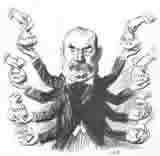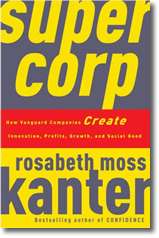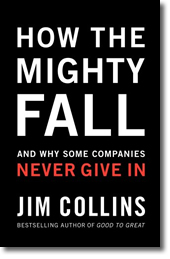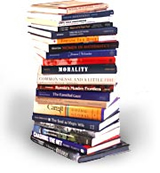Book Review: Delivering Happiness – Zappos.com
Monday, November 29th, 2010
Hsieh, Tony. Delivering happiness : a path to profits, passion, and purpose. Business Plus, 2010.
Monday evening, a new pair of Dansko clogs appeared at my door. I had ordered them two days earlier from Zappos.com. Any customer will tell you that Zappos has great selection, free shipping and problem-free returns. But the reason that customers keep coming back is their service.
Entrepreneur Tony Hsieh, CEO of Zappos.com, has written a new book, part autobiography, part company history, part business advisory. He tells how he built a dot com business, LinkExchange, which he sold in Microsoft for $265 million, when he was only 24 years old. Then he used the money to fund a start-up, Zappos.com. Most of the book is the tale about Zappos, how the company survived on the brink of bankruptcy for years, barely making payroll, then became an overnight success.
Author Hsieh explains that he cultivated his business by combining profits, passion and purpose. He says his company was successful because they invested their time and money into three areas: into customer service to build the brand; into corporate culture and development of core values; and into employee training and development. Hsieh feels that those three areas are Zappos.com’s only competitive advantages in the long run.
The book closes in 2009, the year that Fortune rated Zappos as one of the best companies to work for. That same year, Amazon.com acquired Zappos for $1.2 billion. Hsieh explains how he made that happen in this entertaining and easy read.
© Reviewer: Meg Trauner & Ford Library – Fuqua School of Business.
All rights reserved.







